Aspiration to rise in the new era
The Standing Committees of Lao Cai and Yen Bai Provincial Party Committees have just jointly organized a conference to evaluate the progress of the merger of the two provinces.
Mr. Trinh Xuan Truong, Secretary of the Provincial Party Committee and Chairman of the People's Committee of Lao Cai province, assessed that the merger of the two provinces is a historical turning point, a premise for the creation and development of a new province based on the potential and strengths of the two localities in the coming time.
Mr. Trinh Xuan Truong hopes that the two provinces will continue to walk together, be united, united, always innovative, dynamic, creative, dare to think, dare to do, take the happiness of the people as the development goal to "walk together, reach the dream" with the aspiration to rise up in the new era.
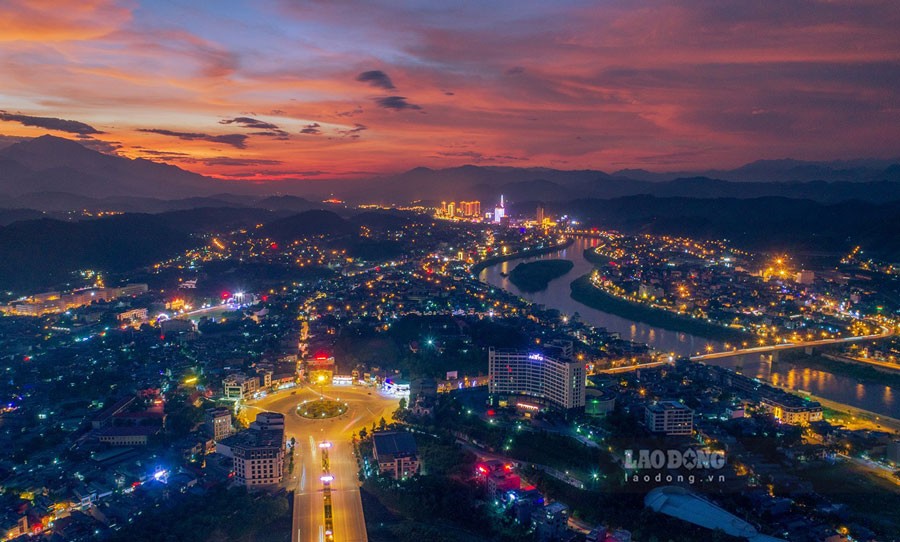
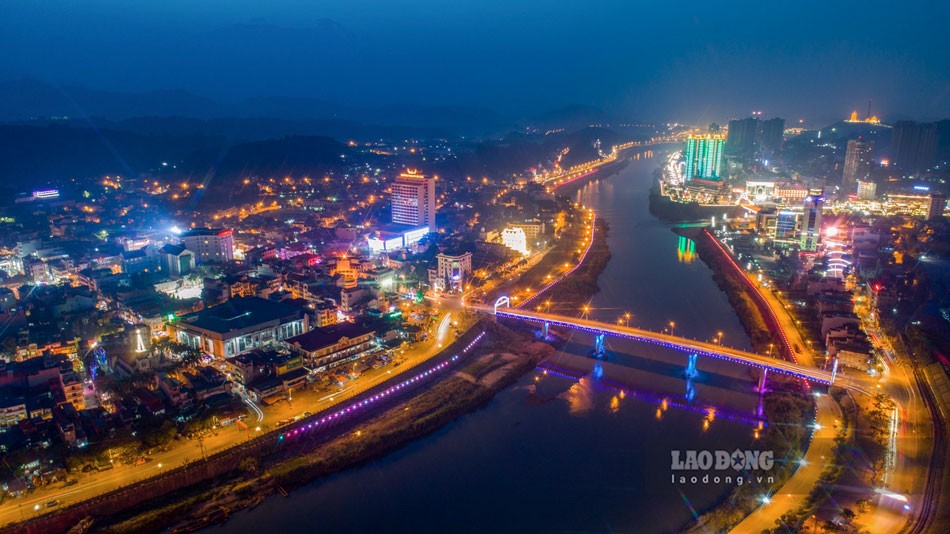
Lao Cai city has shimmering, magical colors at night.
Mr. Tran Huy Tuan, Secretary of Yen Bai Provincial Party Committee, also affirmed that the two localities have seriously and responsibly implemented the project in the spirit of solidarity, "only discussing and not retreating", aiming for a sustainable development future after the merger.
According to Mr. Tran Huy Tuan, the unification is the beginning of a new journey, reaching out sustainably, for a land that converges the cultural identities of ethnic groups with the aspiration to rise up and develop in the new era.
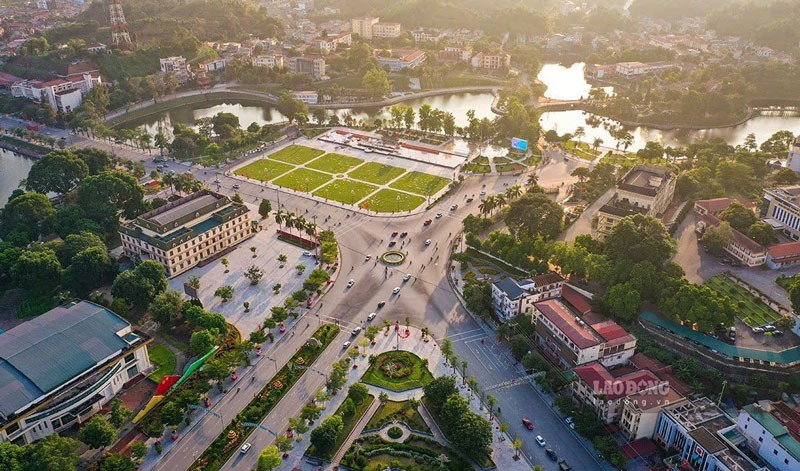
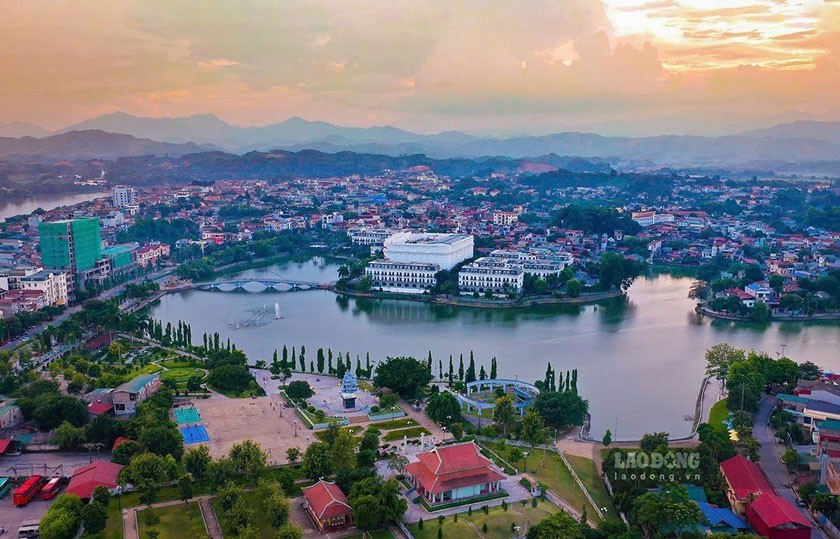
After merging the two provinces, the political and administrative center will be located in Yen Bai.
Previously, on April 12, the 11th Conference of the 13th Central Executive Committee passed Resolution No. 60, advocating the merger of Lao Cai and Yen Bai provinces. The new province will be named Lao Cai, with its political and administrative center located in Yen Bai.
In the past, from 1976 to 1991, the three provinces of Yen Bai - Nghia Lo - Lao Cai merged into an administrative entity called Hoang Lien Son. That was the period when there existed a "giant" tourist area stretching from Fansipan peak to Thac Ba lake - names that have entered the tourism map of Vietnam and the world.
The re-merger after more than 30 years of provincial separation not only means streamlined administrative management, but also opens up new opportunities for the Northwest tourism industry.
Strategic addition of tourism
On the Northern tourism map, there are few pairs of provinces that are as perfectly complementary as Lao Cai and Yen Bai. If Lao Cai is considered the "highland tourism gateway" with the international brand Sa Pa, then Yen Bai is the "original land" with places associated with ethnic culture and wild scenery.
Lao Cai owns Sa Pa - the only representative of Vietnam in the top 16 most beautiful towns in the world voted by Time Out magazine (UK).
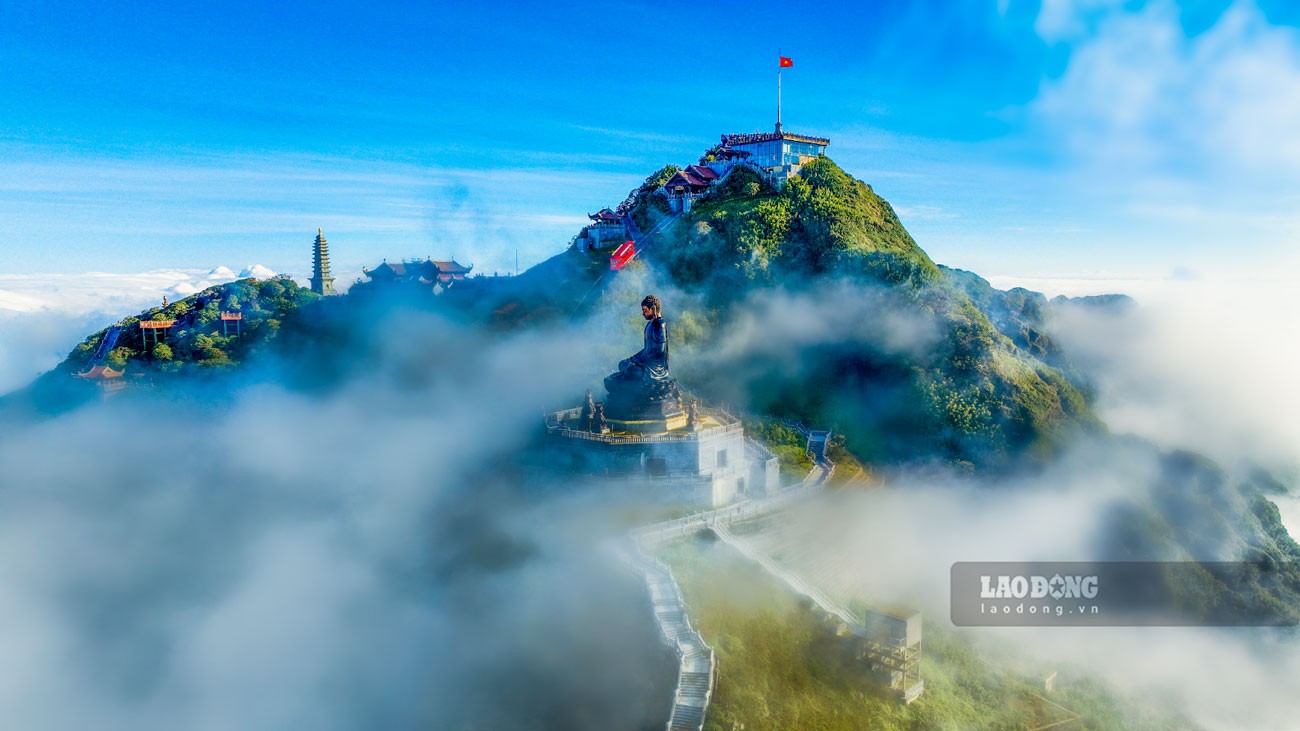
Sun World Fansipan Legend tourist area in Sa Pa is visited by many domestic and international tourists.
With a cool climate all year round, Sa Pa is likened to a "little Europe" in the heart of the Northwest. Not only does it have the "roof of Indochina" Fansipan or the majestic Muong Hoa valley, Sa Pa is also a place rich in the identity of the Mong and Red Dao people through the love market, brocade weaving and peaceful villages nestled in the clouds.
Meanwhile, Yen Bai stands out with Mu Cang Chai, a terraced rice field area recognized as a special national monument, often praised by international press as the most beautiful destination in Southeast Asia. The pristine space, the brilliant color of ripe rice in autumn, traditional festivals of the H'Mong people such as Independence Day, highland markets... create a whole rich in emotions and experiences.
Besides, Suoi Giang with its ancient Shan Tuyet tea forest, Thac Ba lake with more than 1,300 large and small islands, or Nghia Lo town with its rich Thai culture are also unique destinations, making their own mark on the Vietnam tourism map.
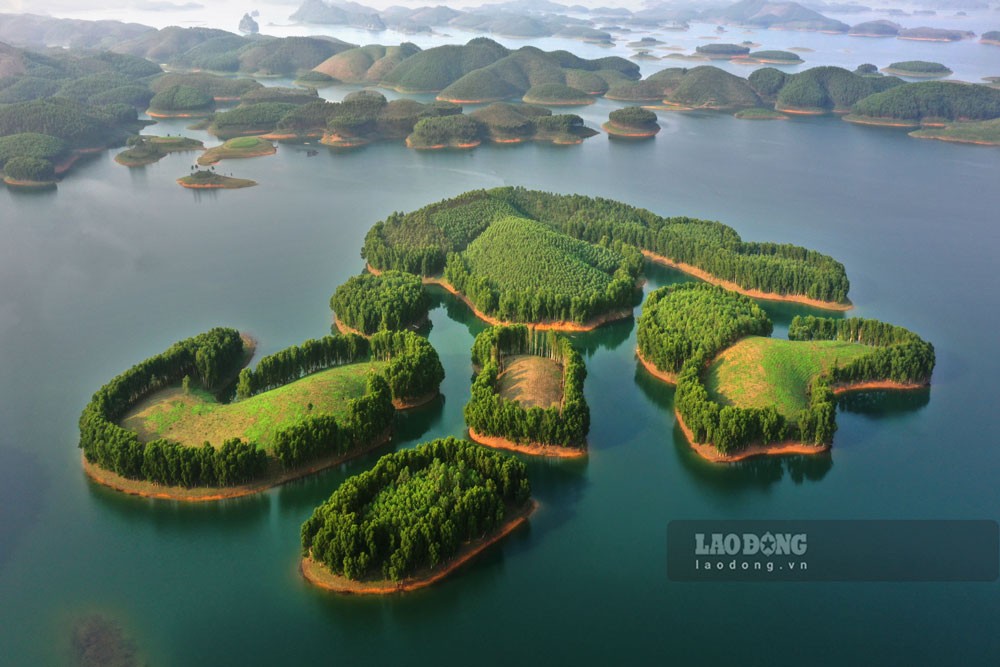
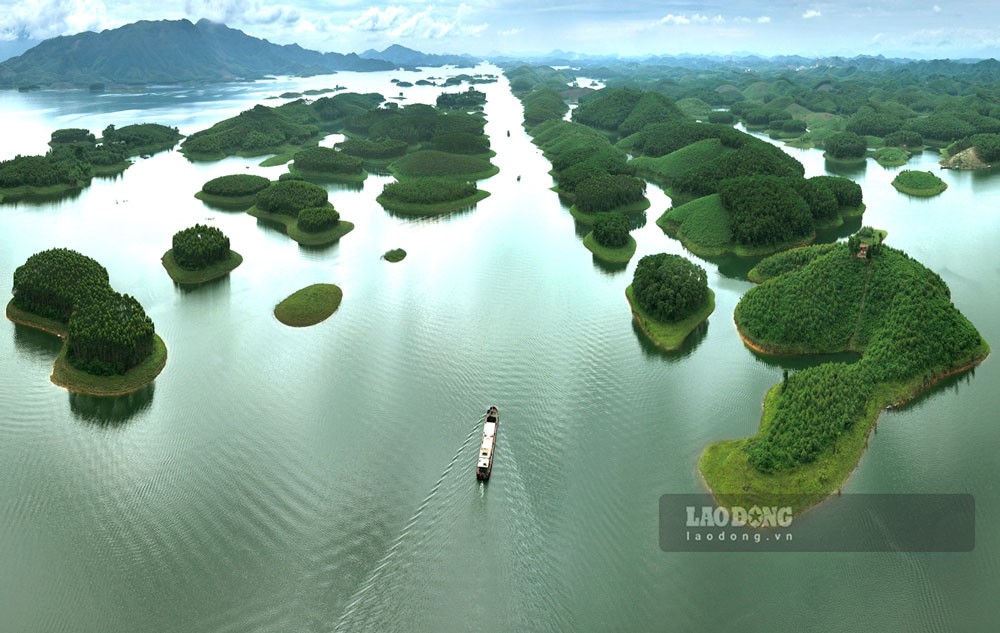
Thac Ba Lake covers nearly 20,000 hectares of water surface with more than 1,300 large and small green islands, along with a beautiful cave system hidden deep in the limestone mountains.
Geographically, Lao Cai and Yen Bai provinces are adjacent to each other, have a relatively complete transportation system, and play a transit role between the highlands and midlands of the North. The merger will help form a large tourism linkage area, opening up the possibility of developing cross-provincial tourism routes and clusters with better scale and quality.
The Noi Bai - Lao Cai expressway is considered the main artery that takes tourists from Hanoi to Sa Pa in just 4-5 hours. Meanwhile, Yen Bai is connecting to the expressway axis connecting the lowlands with the Northwest heritage areas such as Mu Cang Chai - Tram Tau - Nghia Lo...
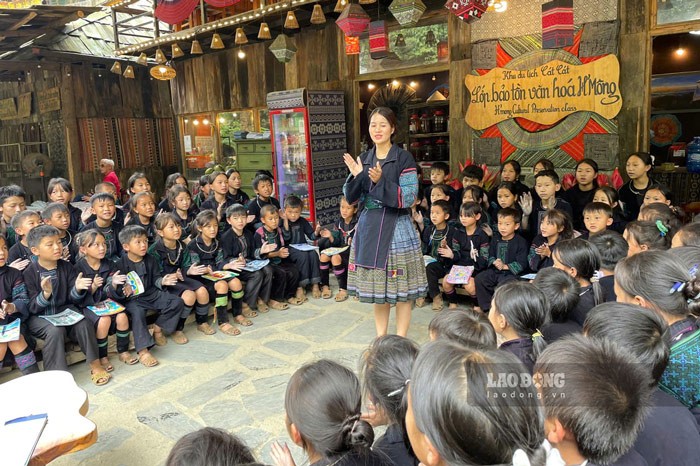
Sa Pa has many attractive cultural activities.
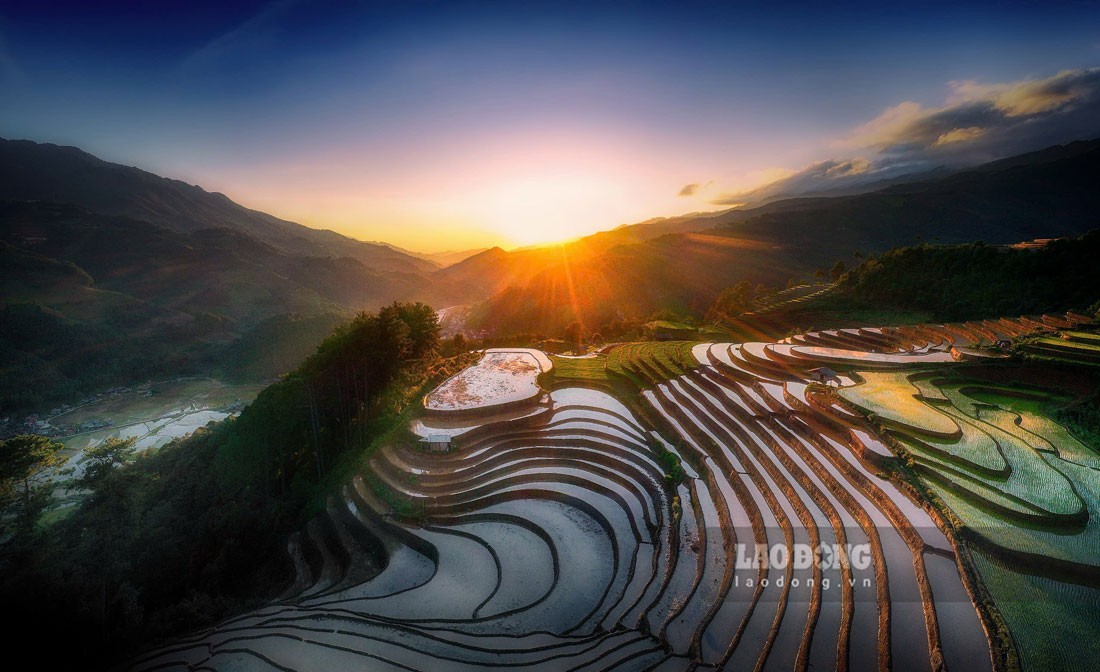
Mu Cang Chai terraced fields are an ideal destination for those who love majestic nature.
The formation of a "heritage belt" stretching from Fansipan peak to Thac Ba lake not only expands the destination fund but also increases the length of stay and level of experience of tourists.
The two provinces of Lao Cai and Yen Bai after the merger are considered a strategic combination in tourism, when the two localities can complement each other: one side is strong in brand and infrastructure, the other side stands out for its depth of identity and original beauty.
Source: https://baolaocai.vn/vanh-dai-di-san-cua-tay-bac-post400594.html


![[Photo] President Luong Cuong presents the decision to appoint Deputy Head of the Office of the President](https://vphoto.vietnam.vn/thumb/1200x675/vietnam/resource/IMAGE/2025/5/8/501f8ee192f3476ab9f7579c57b423ad)
![[Photo] Prime Minister Pham Minh Chinh meets with the Policy Advisory Council on Private Economic Development](https://vphoto.vietnam.vn/thumb/1200x675/vietnam/resource/IMAGE/2025/5/8/387da60b85cc489ab2aed8442fc3b14a)
![[Photo] General Secretary To Lam begins official visit to Russia and attends the 80th Anniversary of Victory over Fascism](https://vphoto.vietnam.vn/thumb/1200x675/vietnam/resource/IMAGE/2025/5/8/5d2566d7f67d4a1e9b88bc677831ec9d)
![[Photo] National Assembly Chairman Tran Thanh Man chairs the meeting of the Subcommittee on Documents of the First National Assembly Party Congress](https://vphoto.vietnam.vn/thumb/1200x675/vietnam/resource/IMAGE/2025/5/8/72b19a73d94a4affab411fd8c87f4f8d)

![[Photo] General Secretary concludes visit to Azerbaijan, departs for visit to Russian Federation](https://vphoto.vietnam.vn/thumb/1200x675/vietnam/resource/IMAGE/2025/5/8/7a135ad280314b66917ad278ce0e26fa)
![[Infographic] Instructions on steps to contribute ideas to amend the 2013 Constitution on VNeID](https://vphoto.vietnam.vn/thumb/402x226/vietnam/resource/IMAGE/2025/5/8/c61c8c11815c4691848ae93a3e567ef7)



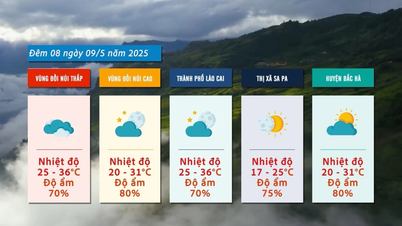





![[Infographic] Some policies for boarding and semi-boarding students](https://vphoto.vietnam.vn/thumb/402x226/vietnam/resource/IMAGE/2025/5/8/2733dd1268614569a33791ca4dd1dd3d)
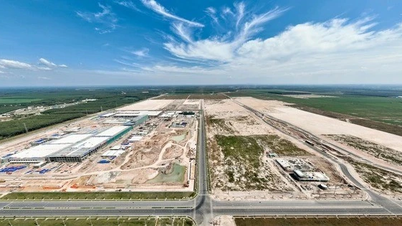
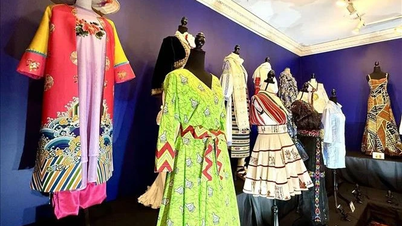

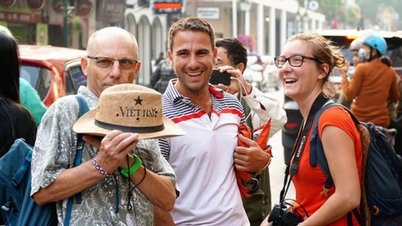
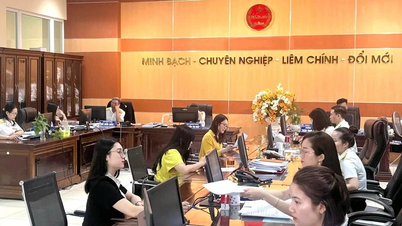

































![[Photo] Prime Minister Pham Minh Chinh talks on the phone with Singaporean Prime Minister Lawrence Wong](https://vphoto.vietnam.vn/thumb/402x226/vietnam/resource/IMAGE/2025/5/8/e2eab082d9bc4fc4a360b28fa0ab94de)














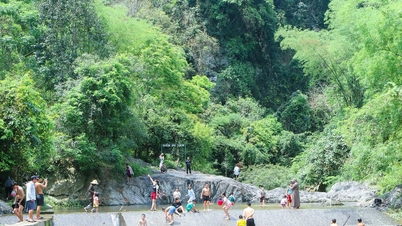
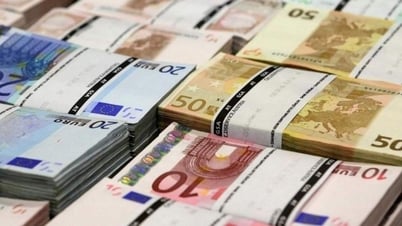
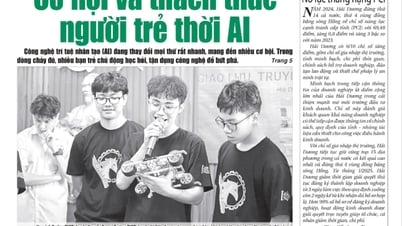



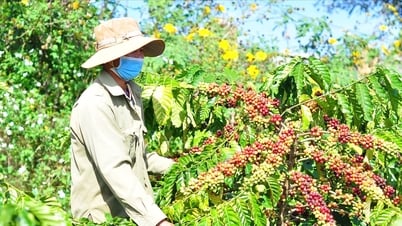












Comment (0)